Taking solar to new heights
Interview with Jeff Sharpe, Life-long Entrepreneur and Community Advocate, Founder and CEO of Stracker Solar
Jeff Sharpe is the Founder and CEO of Stracker Solar, an Ashland-based solar manufacturer and installer firm. He has been a professional engineer and the founder/owner of various successful businesses for the past 35 years.
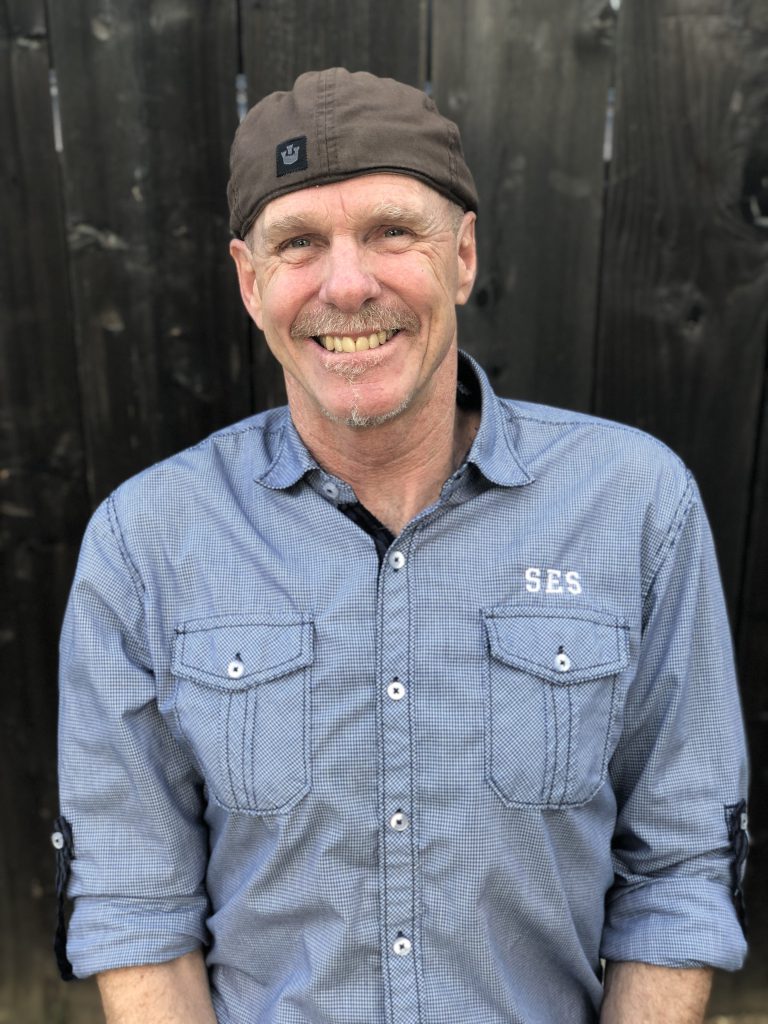
JT: Welcome, Jeff! Please tell us a little bit about your background. Where are you from? When and how did you start your career?
JS: Thanks Jim. I grew up in Southern California. I studied at UC Santa Barbara and began my solar work with my dad in Bakersfield in 1976 where we designed and installed “bread box” solar water heaters. After college, I moved to Steamboat Springs, Colorado where I built houses, earned my professional engineering license, founded, and sold several structural and mechanical engineering businesses; met my wife and started a family. Ten years later, we moved to the Bitterroot Valley, Montana where we raised our children while designing and operating a certified organic 50-acre farm, goat dairy and cheese production facility.
JT: You have been doing a lot of different things, all centered around renewable energy and sustainable systems. When and why did you come to Ashland?
JS: I moved to Ashland in 2004 impressed with the riding trails, skiing, backpacking and cultural opportunities the area offered. I also saw a strong potential for new sustainable energy businesses. So, I founded Sharpe Energy Solutions which became a prime contractor for the Oregon Department of Energy doing school energy-efficiency projects.
JT: When did the idea of designing a completely unique solar solution and founding a new company start to materialize?
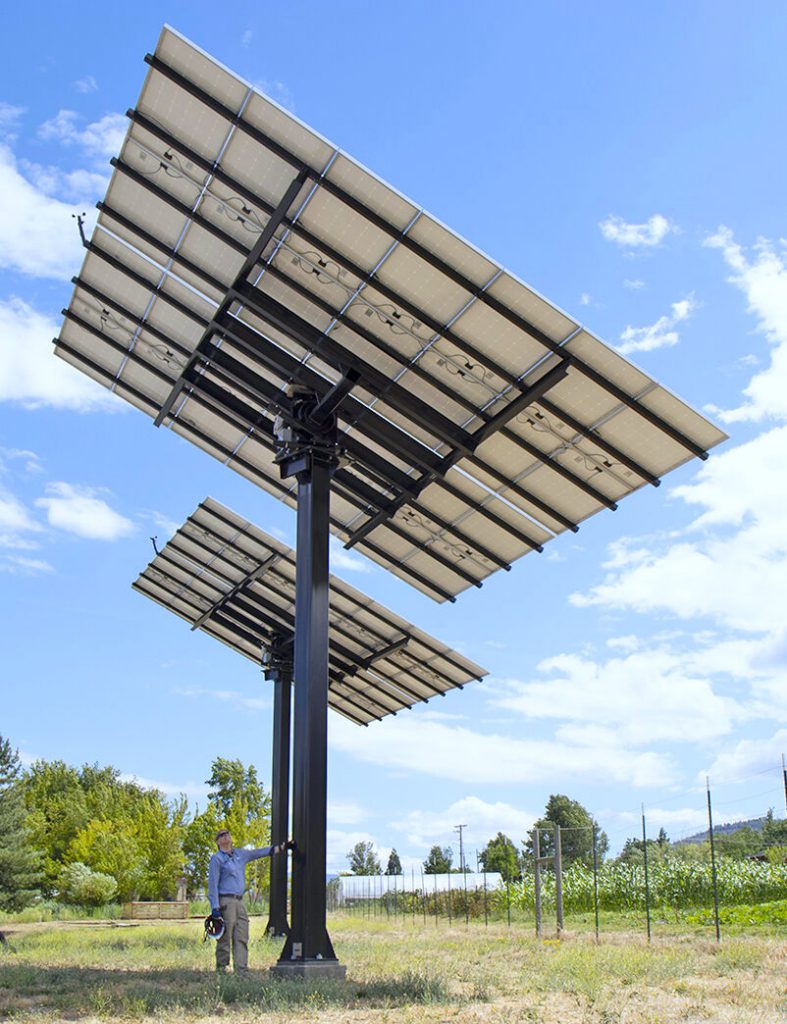
JS: We were working with Oregon’s SB1149 school program and the California Prop 39 program to bring energy efficiency to schools. While installing a smaller dual-axis solar tracker at Grenada Elementary in CA, I realized that if we could lift the array that holds the panels off the ground, we wouldn’t have to fence off valuable school grounds to generate solar energy. That is how the idea of elevated dual-axis solar trackers was born. But I went a step further: I wanted to design a large and robust solar tracker that accommodates more PV panels, generates more energy and, as such, is more appropriate for commercial solar installations. So, I incorporated Stracker Inc. in January 2017, brought together a great team of young engineers, and partnered with Oak Street Tank and Steel who had been manufacturing metal products for over 100 years in Ashland. Within 4 months, we had the first Stracker prototype built, sold, installed and producing clean solar power for Oak Street Tank and Steel.
JT: Tell us a bit about the Strackers. What is so unique about them?
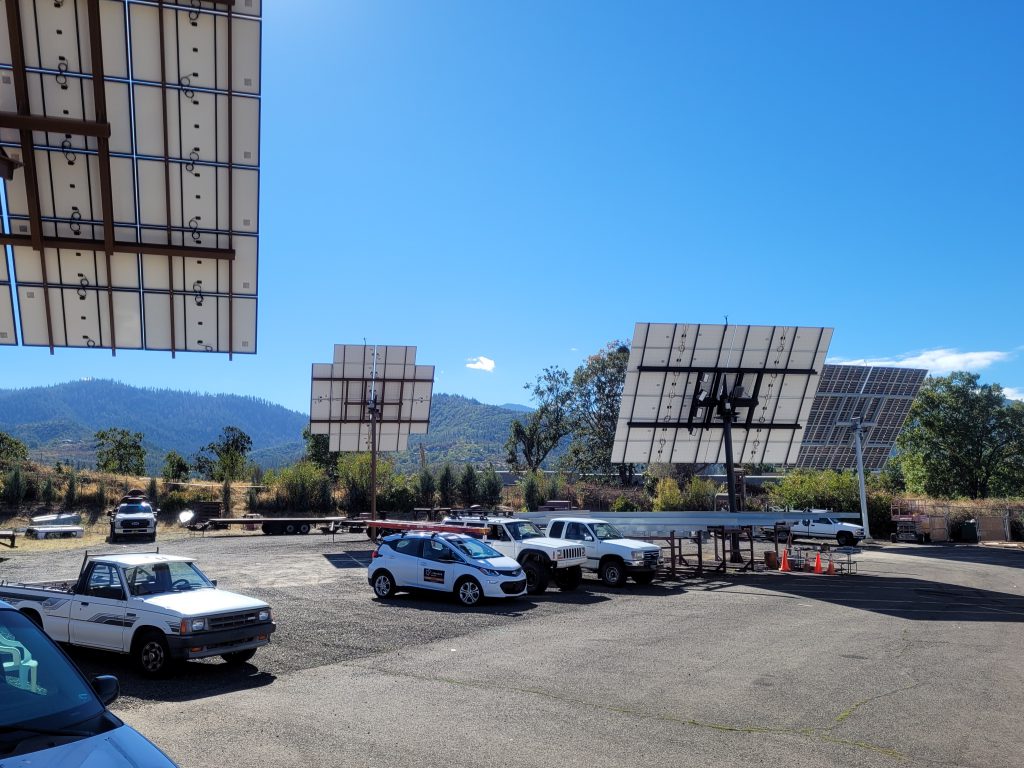
JS: Looking like robust, all-steel sunflowers, these elevated dual-axis solar trackers produce maximum solar energy with the smallest footprint. That’s our uniqueness. Since the large arrays of solar panels are lifted atop 20-foot single poles, Strackers allow full use of the grounds below, so fencing is not necessary. And, as they follow the exact position of the sun throughout the day, Strackers generate 50 to 70 percent more energy than rooftop solar or fixed ground-mount systems. They are ideally suited for commercial solar energy projects over parking lots, fields, schoolyards, and agricultural operations, to name a few.
JT: Going back to Stracker Solar’s early years, how did you find first customers?
JS: To date, sales have been primarily word of mouth and direct contacts I made with interested individuals and business owners who seemed like a good candidate for a Stracker project. I am excited to be hiring a dedicated sales team and for that burden to be taken off my shoulders. We have also gotten a fair amount of good publicity from industry magazines like Solar Builder, where we were nominated for Project of the Year in 2018. Plus, we’ve gained some notoriety by winning financial grant awards from the USDA and ODOE.
JT: What notable Stracker installations would you like to mention that people can see in the area?
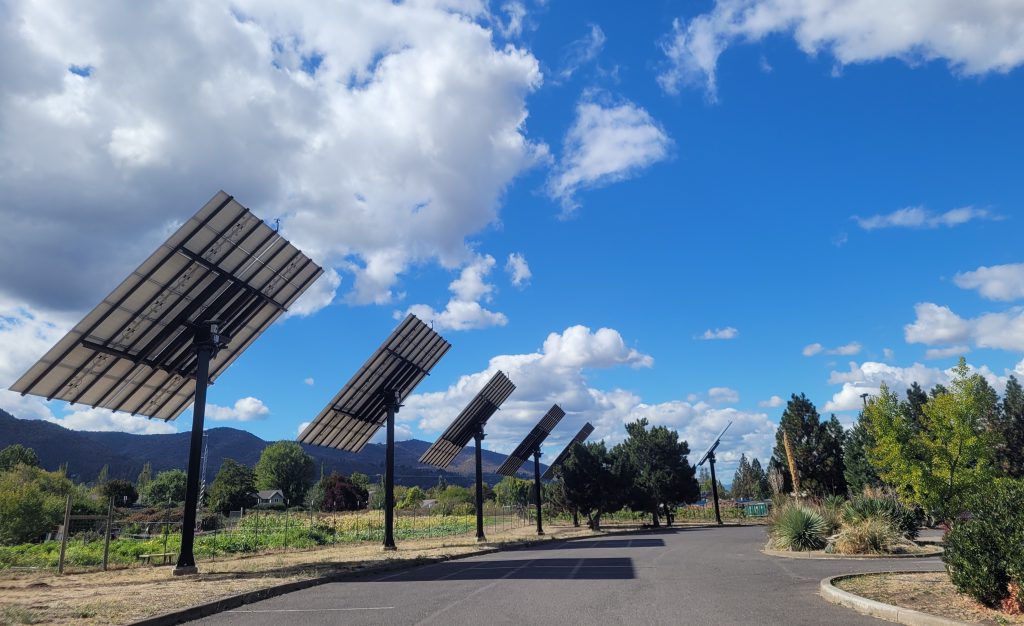
JS: In 2019, we designed and built Ashland’s first community solar project at the ScienceWorks Museum in collaboration with ScienceWorks, Southern Oregon University and local business owner Brad Roupp of Abbott’s Cottages. Three more Strackers were added in 2021 and the power produced is now being allocated to ScienceWorks, seven vacation rental cottages, a home and an office. That project has made Abbott’s Cottages a net zero business in Ashland.
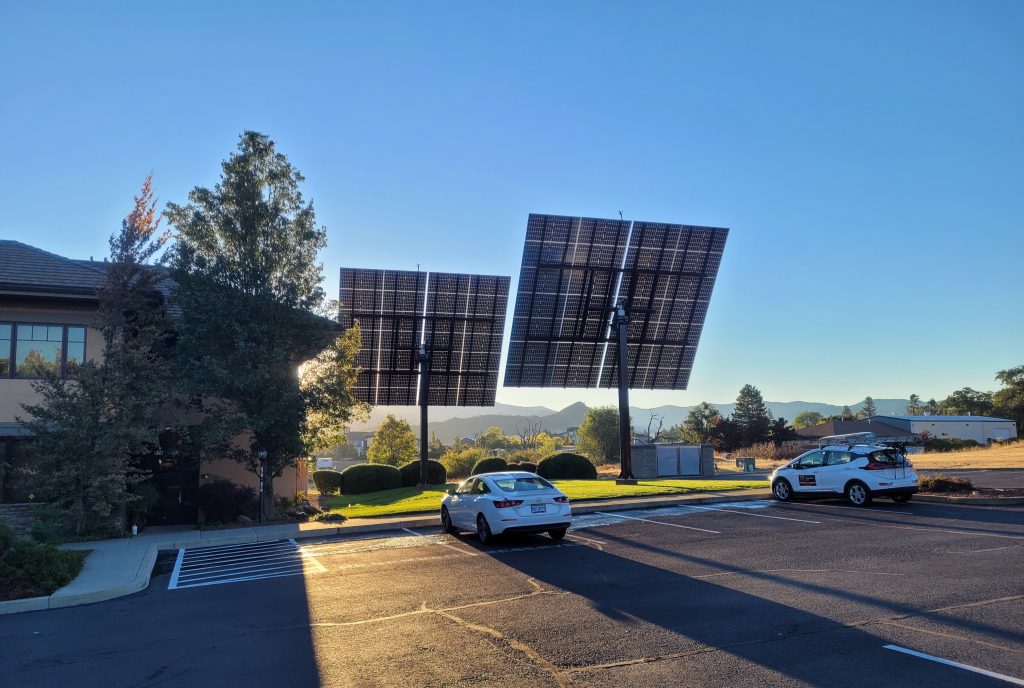
In September 2021 we installed two Strackers for Ashland Family Dentistry which is now also a net zero business. The same month, we completed a project for Oak Street Tank and Steel which is now home for each of the Stracker models we have created since 2017.
JT: What is net zero and why is it important to some businesses?
JS: “Net Zero” energy pertains to when renewal energy installations offset the customer’s full energy usage, as when a PV system generates all the power a business or facility uses. Typically, that results in the greatest savings available for a business as they will no longer be paying for the power from the local utility company. Solar generation in general, and net zero in particular, is a great marketing message for businesses and the public sector alike. Customers, patients, students, and the local community highly value when an organization takes its fair share of climate action. And Strackers are a truly impressive visual statement of the owner’s commitment to a sustainable energy future
JT: Do Strackers offer opportunities for businesses with low energy usage?
JS: In locations, like Ashland where community solar programs are in place, companies with extra land or large parking areas can lease their sites for community solar projects. Information about these programs is available on the Ashland Solar Co-op and the Oregon Community Solar program websites.
JT: Where are you now with Stracker Solar and what is your plan moving forward?
JS: We are in the middle of our Series A investment round which we initiated in January. After receiving positive initial reactions from investors and commitments for more than one third of the total amount in the first month, we are now in conversations with professional investor groups to secure the remainder of the funds. The money already received has allowed us to start expanding our team and to move into our new office at 645 A Street. We have positions still open (and listed on our website) as we prepare a national expansion program for the second half of this year.
JT: Congratulations on the investment and company growth! What projects is your team currently working on?
JS: We have several high-profile commercial projects to install this summer. For Franz Bakery in White City, we have a six-Stracker installation coming up this month; a five-Stracker project for TC Chevrolet in July, and a four-Stracker project for a new net zero bank branch in development. We are in the process of writing a grant for the City of Ashland to bring a resiliency project to the city service center, AFN and emergency operations center, as well as possible grant projects for area tribes and other developments. So, we are happily busy.
JT: Where could readers find you or learn more about Stracker Solar and its elevated solar trackers?
JS: We can be found online at strackersolar.com, and folks are always welcome to stop by our office at 645 A Street. Shop tours at the Oak Street Tank and Steel manufacturing facility are also available by appointment. We are excited and passionate about bringing more solar energy and resiliency to our communities, and we encourage businesses and residents alike to get involved, share ideas, and offer feedback. Our mission is to empower communities and we are always looking for collaboration with community leaders and interested members.
JT: Thank you, Jeff! Good luck continuing the important work of bringing more solar to southern Oregon and beyond.
JS: Thanks, Jim! I appreciate you and the work you have done for our community.


What a great interview! I interviewed Jeff a few months ago for the DEI Engineers newsletter since DEI provides Jeff with structural engineering for the work they do together.